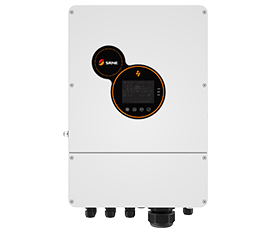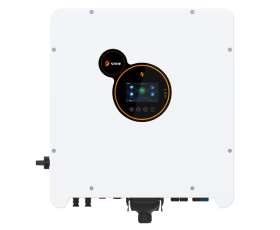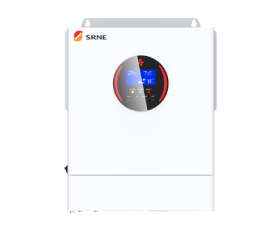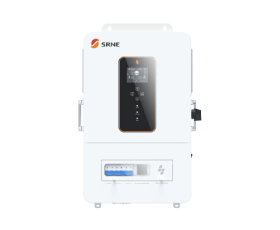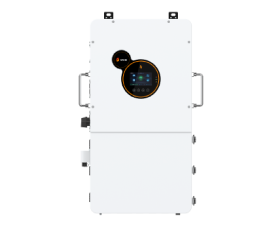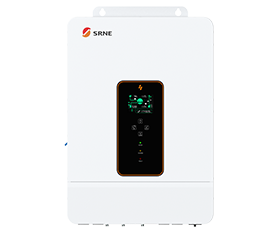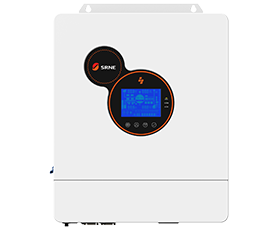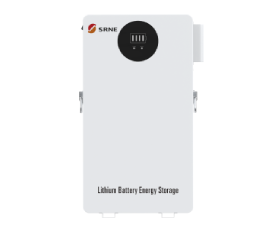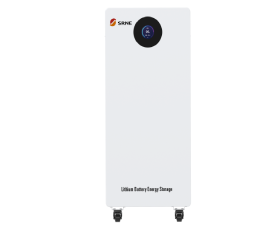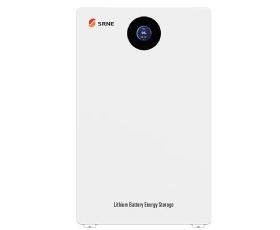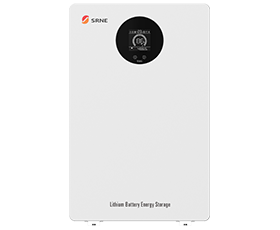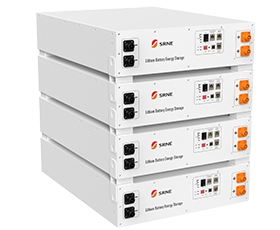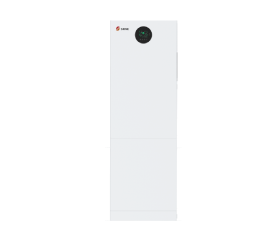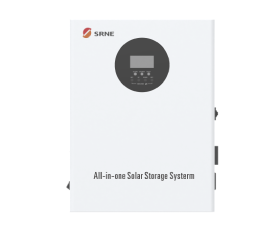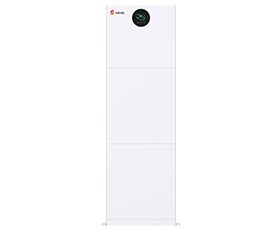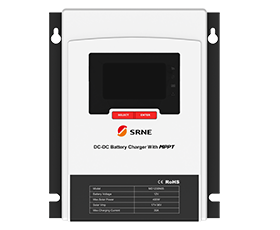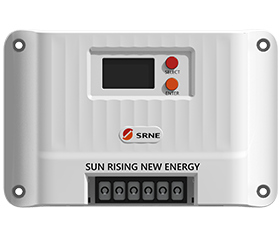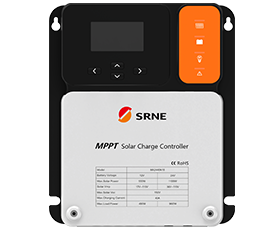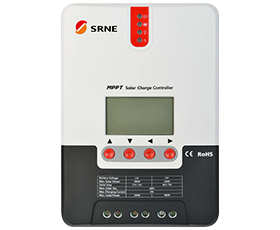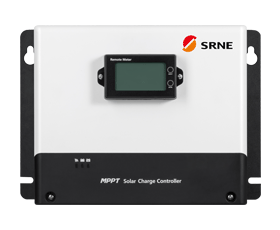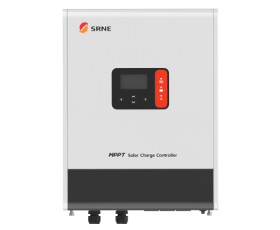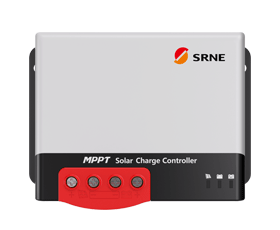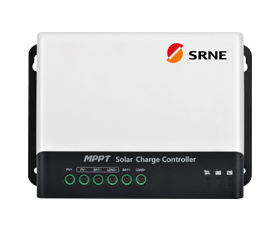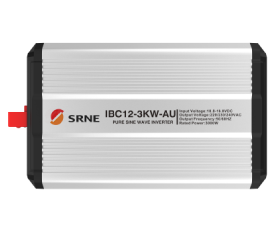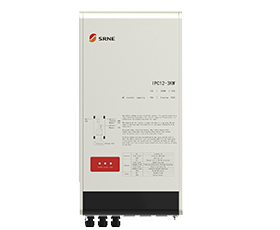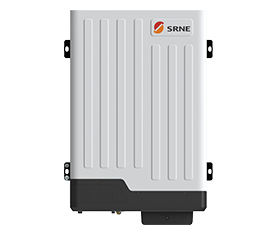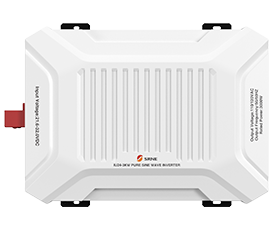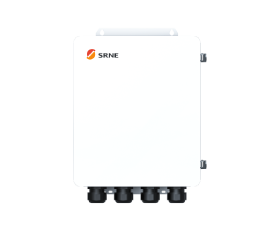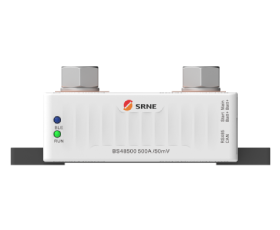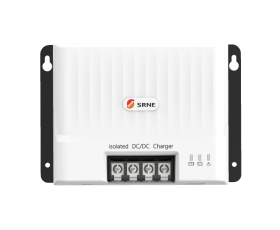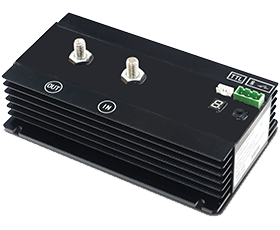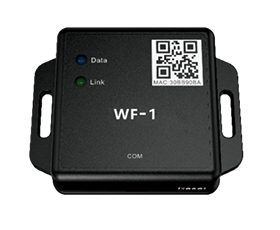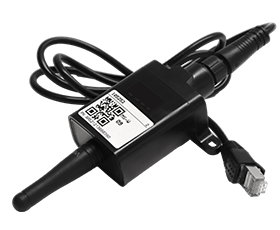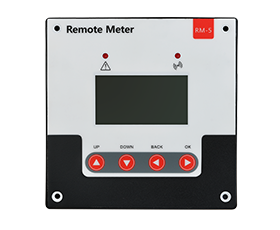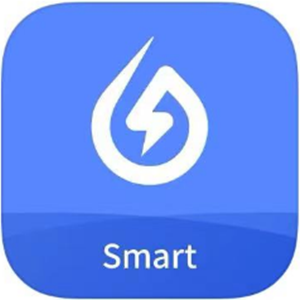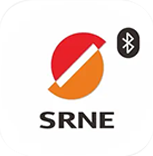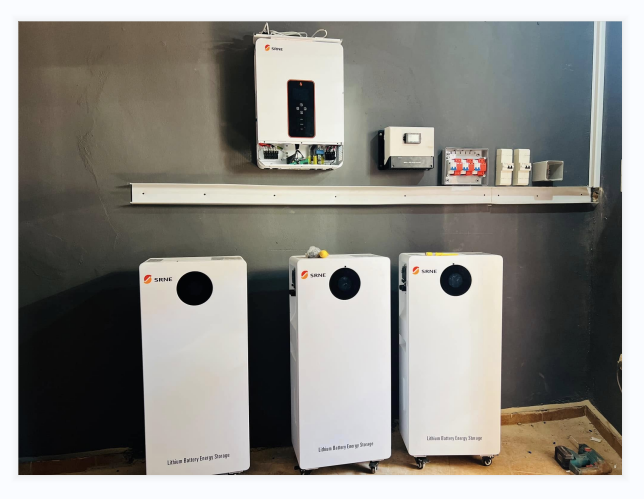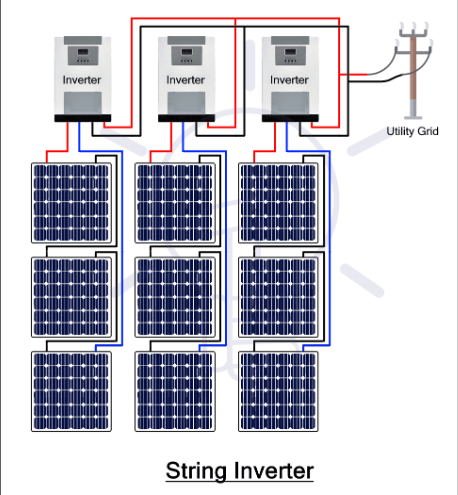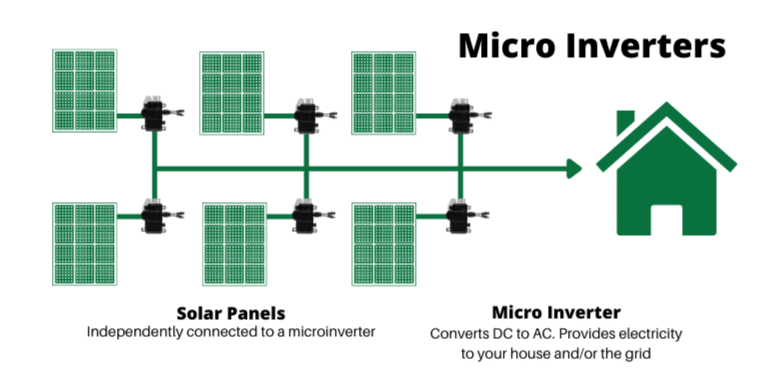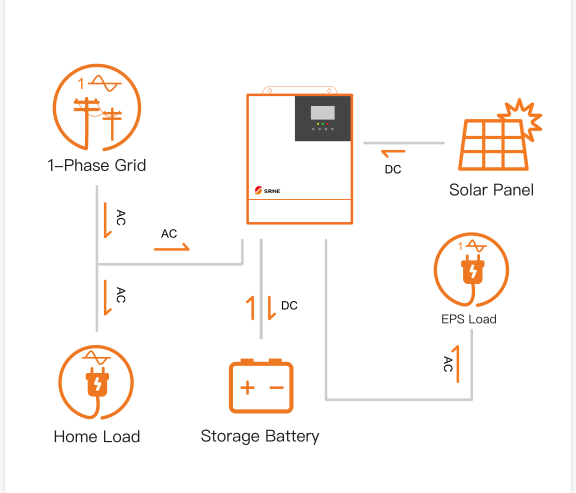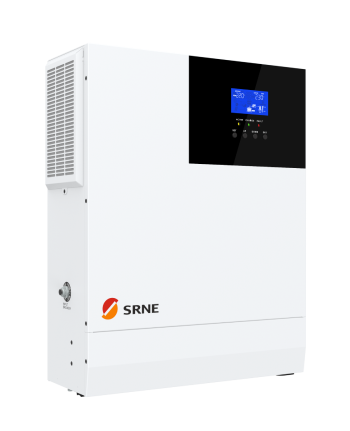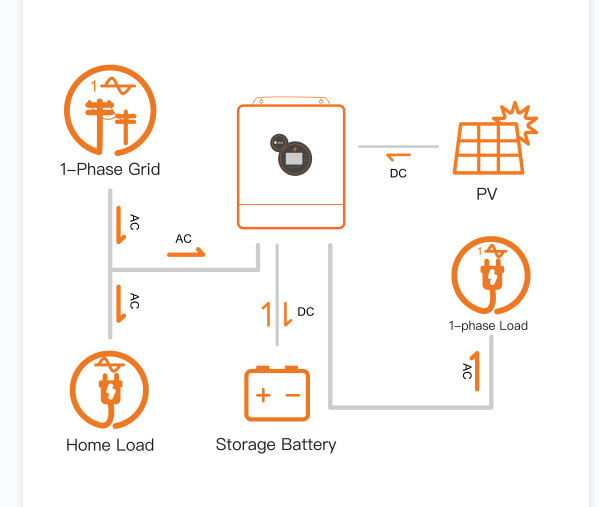Solar Power Inverters: How to Choose the Right Type for Your Home Needs
A well-matched inverter not only maximizes the performance of your solar panel system but also ensures long-term reliability and cost-effectiveness. In this guide, we’ll walk you through the fundamentals of solar inverters, explore different types such as micro inverters, hybrid inverters, and off-grid options, and provide practical tips to help you select the best solution for your home’s unique needs.
Learn more:
1.What Is a Solar Power Inverter?
A solar power inverter is a crucial component of any solar energy system. Its primary role is to convert the direct current (DC) electricity generated by solar panels into alternating current (AC) electricity, which is the form of power used by most household appliances. Without an inverter, the energy collected from the sun would be incompatible with the electrical systems that power our homes.
Beyond simple energy conversion, solar inverters also help maintain the overall stability and efficiency of the system. They monitor the system’s performance, manage voltage levels, and even shut down operations in case of faults to ensure safety. In essence, the inverter acts as the "brain" of a solar setup, making sure that energy flows smoothly and reliably from your panels to your devices.
2.Main Types of Solar Power Inverters
Inverter Type | Best For | Pros | Cons |
String Inverters | Standard rooftops, same panel orientation | Low cost, easy maintenance | Affected by shading or single panel issues |
Microinverters | Complex rooftops, partial shading | Optimizes each panel, highly scalable | Higher cost, expensive for large systems |
Off-Grid Inverters | Remote areas, off-grid living | Independent power, grid outage resilience | Needs batteries, higher upfront cost |
Hybrid Inverters | Homes with future storage or off-grid plans | Flexible modes, battery-ready | High cost, complex setup |
2.1 String Inverters
How It Works:
String inverters operate by linking several solar panels together in a series connection, forming what’s called a "string." The combined direct current (DC) electricity from the panels is sent to a centralized inverter, where it is converted into alternating current (AC) suitable for home use.
Best For:
Residences with straightforward rooftops, consistent sunlight exposure, and panels facing a single direction without significant shading.
Advantages:
String inverters are known for their affordability and simplicity. Their centralized design reduces hardware and installation costs, making them an appealing choice for many standard residential installations. Maintenance is also relatively straightforward, often involving fewer components compared to more complex systems.
Disadvantages:
A major drawback is that the entire string’s output can be impacted by the performance of a single panel. Shading, dirt, or a fault in one panel can lower the efficiency of the whole array, making string inverters less effective for installations with variable sunlight conditions or complex roof structures.
2.2 Micro inverters
How It Works:
Unlike traditional systems, micro inverters are attached directly to each solar panel. They immediately transform the panel’s DC output into AC power right at the source, enabling each panel to function independently.
Best For:
Homes featuring complex roof designs, multiple orientations, or frequent partial shading from trees, chimneys, or other structures.
Advantages:
Micro inverters offer superior energy optimization by allowing each panel to operate at peak performance, regardless of shading or orientation issues affecting neighboring panels. They also make system expansion more straightforward, providing flexibility for future upgrades without significant redesign.
Disadvantages:
The key limitation is the higher upfront investment. Equipping each panel with its own microinverter increases material and labor costs, which can become significant in larger systems, potentially straining project budgets.
2.3 Off-Grid Inverters
How It Works:
Off-grid inverters are designed to operate independently of the public electricity grid. They convert DC power from solar panels into usable AC electricity and work closely with battery storage systems to ensure continuous power availability, even when sunlight is limited.
Best For:
Isolated properties such as cabins, farms, or remote residences where grid connection is impractical or unavailable.
Advantages:
Off-grid inverters empower homeowners to achieve full energy independence. They ensure a stable electricity supply in remote locations or during grid outages, offering peace of mind for those living in less connected areas.
Disadvantages:
Building an off-grid system typically requires a significant upfront investment, particularly for batteries and energy management equipment. Additionally, the system must be carefully designed and sized to meet daily energy demands and storage needs, making planning and maintenance more complex than grid-tied setups.
2.4 Hybrid Inverters
How It Works:
Hybrid inverters integrate solar panels, battery storage, and the electricity grid into a single cohesive system. They dynamically manage energy flows, prioritizing solar usage, storing surplus energy, and drawing from the grid when necessary.
Best For:
Homeowners seeking both immediate grid-tied functionality and the flexibility to transition to battery-supported or off-grid operation in the future.
Advantages:
The primary strength of hybrid inverters is their ability to maximize solar self-consumption while offering backup power capabilities. They support smart energy management strategies that can lower utility bills and enhance system resilience during outages.
Disadvantages:
However, this added flexibility comes with higher costs compared to simpler inverter types. Installation and configuration require greater technical expertise, and for some users, the additional expense might not be immediately offset by savings, especially in areas with stable grid service and lower electricity rates.
3.Key Factors to Consider When Choosing a Solar Power Inverter
Learn more:
https://www.srnesolar.com/articledetail/how-to-size-a-home-power-inverter-for-your-needs.html
3.1 System Size and Energy Needs
Understanding your household’s electricity consumption and the planned scale of your solar array is fundamental when selecting an inverter. Larger systems that generate higher power outputs demand inverters capable of managing substantial electrical loads without compromising efficiency. In contrast, smaller installations with modest energy needs can often function effectively with simpler, lower-capacity models. Properly matching your inverter to your system size not only maximizes performance but also helps prevent energy bottlenecks and potential long-term inefficiencies.
3.2 Roof Layout and Shading
The design and characteristics of your rooftop — including its orientation, tilt angle, and potential shading from trees, chimneys, or neighboring buildings — are critical considerations. If your roof has a consistent angle with unobstructed sunlight, a traditional string inverter can deliver excellent results. However, for rooftops with multiple orientations or areas subject to intermittent shading, microinverters or systems with power optimizers are typically more effective, ensuring each panel operates independently to minimize energy loss and boost system output.
3.3 Budget Constraints
Financial planning plays an essential role in inverter selection. While it’s tempting to pursue the highest-performing technologies, it’s important to align your choices with your overall budget. String inverters tend to offer the most economical upfront pricing, making them ideal for cost-conscious projects. In contrast, microinverters and hybrid inverters require a greater initial investment but can provide better efficiency, resilience, and future flexibility, which may translate into greater value over the system’s lifetime. Weighing short-term affordability against long-term benefits is key to making a sustainable investment.
3.4 Future Expansion Plans
When designing your solar setup, it's wise to think beyond immediate needs. If you foresee expanding your system—either by adding more panels or integrating battery storage—selecting an inverter that supports future upgrades is essential. Hybrid inverters, for instance, offer greater flexibility for system growth without requiring significant reconfiguration later on. Planning for scalability from the outset helps protect your investment and simplifies future transitions as your energy demands evolve.
3.5 Local Grid Requirements and Regulations
Compliance with local electrical codes and utility requirements is another crucial factor that should not be overlooked. Some regions mandate specific inverter features, such as anti-islanding protection, remote shutdown capabilities, or advanced grid-support functionalities. Choosing an inverter that meets these technical standards ensures a smoother installation process and may also make you eligible for financial incentives like rebates or net metering programs. Engaging with your installer and utility provider early in the planning stage can help you navigate regulatory requirements and avoid potential setbacks.
Learn more:
Conclusion
Selecting the right solar power inverter is key to building an efficient and future-proof solar energy system. Whether you choose a traditional string inverter for a simple setup, a micro inverter for complex rooftops, an off-grid inverter for complete independence, or a hybrid inverter for maximum flexibility, understanding your energy needs and system goals is essential.




















